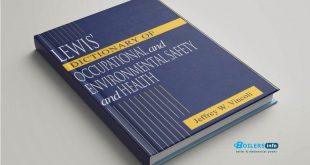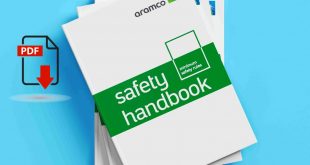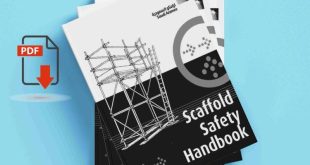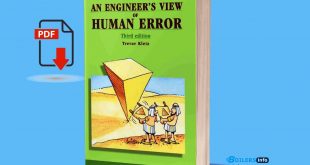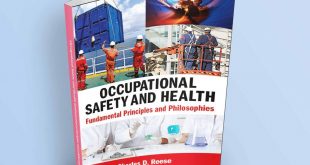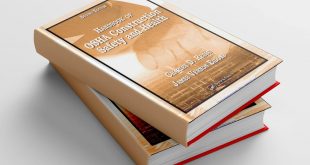Protecting our eyes from all injuries should be the aim of each one of us, both here at work and at home. Serious damage or loss of vision may occur as a result of a single traumatic incident. Equally important are those conditions/diseases that can seriously damage our vision over longer periods of time. It is not too hard to imagine how dramatic an effect partial or total loss of vision would be on our life. Preventing eye injuries and protecting our vision must be the number one priority.
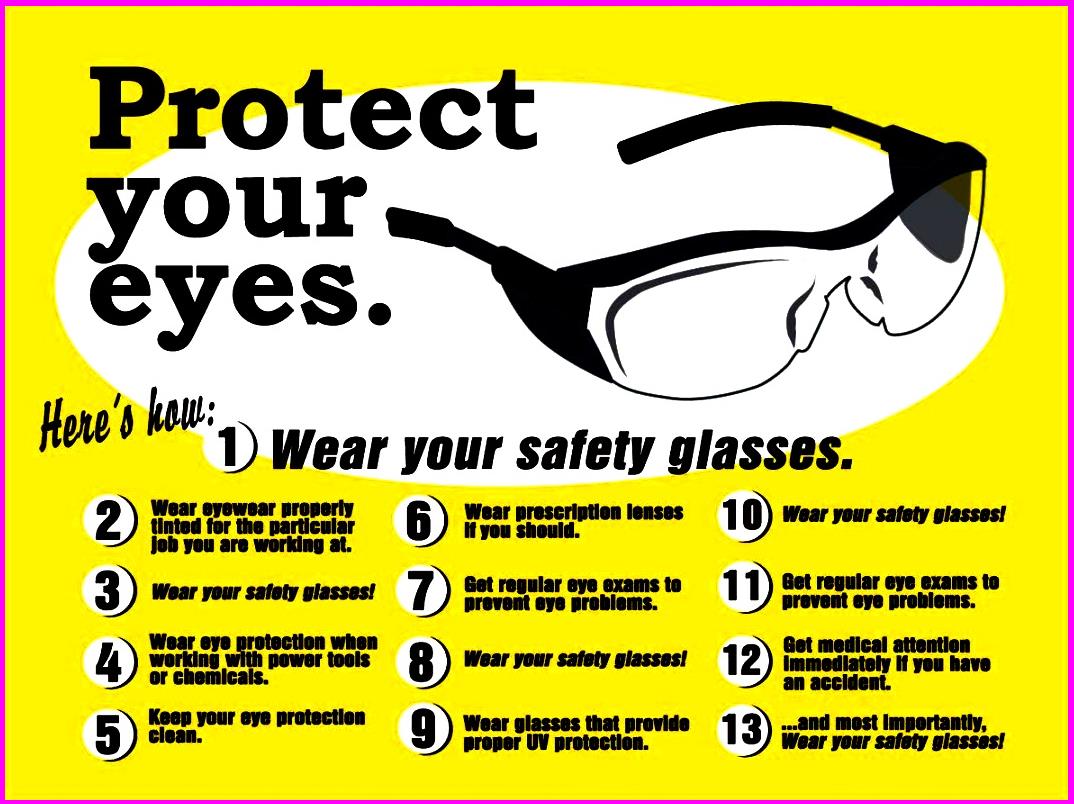
Eye Protection Hazards
Blows to the Eye
Direct or indirect can result in the following damage being sustained:
- Contusions (bruise) to the eye. Corneal (the transparent covering of the front of the eyeball) transparency can be permanently effected.
As well as the initial pain, Haemorrhages (internal bleeding) may result in the lens being torn away from its attachment causing permanent damage including: - Distortion of images
- Upset with the ability to focus
- Damage to the lenses transparency (concussion cataract)
Build up of fluid in the retina at the back of the eye may cause temporary loss of vision, but may in serious cases lead to a detached retina and permanent damage or blindness to the eye.
Lacerations – Tears and Cuts
Lacerations (open wounds) to either the eye or eyelids can permit the entry of bacteria, viruses, and other organisms into the eye, or the bloodstream resulting in infections that can result in serious and permanent damage to our vision.
Foreign Bodies and Abrasions
These injuries occur when foreign materials enter the eye and come into contact with the eye’s conjunctiva (mucous membrane)and/or the cornea.
Examples of foreign bodies/materials that may result in eye injuries include:
- Grit and hot metal particles from grinding operation.
- Slag and spatter from welding operations.
- Swarf from drilling, milling, or turning operations.
- Chemicals such as acids, alkalis, solvents, dust, oils, degreasers, detergents, paints, etc.
Foreign Bodies that Penetrate into the Eye
- These injuries are very serious and in around 40-60% of all reported cases, permanent blindness is the end result. It is important that every effort is made to prevent eye injuries before they occur.
- Objects that penetrate the eye should not be removed until expert medical advice has been obtained.
- Where an object such as small not metal has struck the eye and may have penetrated the eye, medical advice should be sought to ensure that the foreign object has not entered the eye and the wound closed up behind it.
Chemical Injuries
Many chemicals may cause serious damage if allowed to come into contact with our eyes. It is important that our eyes are protected against acids, alkalis, solvents, oils, degreasers, and the like. Where contact does occur, the eyes should immediately be flushed with water for at least 15 minutes and first aid/medical treatment sought.
Radiation
Radiation that is absorbed by the eye has the potential to cause injury and harm. Our eyes are designed to absorb visible light which at normal levels should not cause any problems. The two main types of radiation that we need to be concerned with here on site are – ultra-violet radiation and infrared radiation.
Ultra-violet radiation – exposure to intense UV Radiation can result in selling, reddening, and watering of the eyes and is commonly referred to as “welding flash”. In basic terms, “welding flash” is the equivalent of sunburn to our eyes and or skin.
Intra-red Radiation – exposure to infrared radiation usually occurs as a result of molten or red not masses such as steel or glass, such as in flame gas (oxy) welding, cutting or brazing processes. Unprotected exposure to infrared radiation over a number of years increases the risk of cataracts that develop in the lens of the eye causing loss of vision.
- Preventing exposure to harmful radiation can easily be achieved by the correct use of Personal Protective Equipment.
- Welding shields when electric welding and suitable clothing to protect the rest of our bodies.
- Full-sealing oxy goggles when flame cutting, welding, or brazing.
Planning and Assessment of Risks
Prior to starting any new task or entering any new work area, it is important to try and identify any situations with the potential to cause harm. Once hazards have been identified, action needs to be taken to prevent accidents from occurring. In many instances, this may require the use of Personal Protective Equipment (PPE). Where PPE is required, the correct type for the particular job is selected prior to starting work.
Safe Work Practices
The way work is done and approached determines to a large extent our personal health and safety here at work.
Elimination
Hazards to our eyes should where possible, be eliminated or removed to stop them from causing injuries.
Substitution
Where possible, hazardous tasks should be replaced with safer methods of getting the job done. An example of substitution would be where lengths of steel need to be cut. Using an angle grinder to do this produces sparks and small particles of metal traveling at high speeds. A safer way of doing the same job would be to use a cold saw or drop saw with teeth that actually cut the steel without producing sparks.
Engineering Controls
Where jobs are performed that produce materials that may harm our eyes, it is important that whenever possible to use engineering controls to reduce the risk or chance of accidents occurring.
Examples include:
- Ensure that machine guards are fitted correctly and are in good condition.
- Use mechanical ventilation to extract fumes an grindings away from the source.
- Setting up screens to protect others from UV radiation from welding operations and sparks from grinding.
Administrative Controls
Can be used to protect ourselves and others from eye injuries and include:
- Warning people around you prior to starting jobs such as welding, cutting, or grinding so they can actively protect their eyes.
- Regularly cleaning up as part of the job to prevent dust-grinding swarf and other scraps from building up and increasing the risk of eye injuries.
- Using all hazardous substances in accordance with the product Material Safety Data Sheet (MSDS).
Personal Protective Equipment
Due to the wide range of activities and the ‘hands-on’ nature of many of the jobs performed on-site, Personal Protective Equipment (PPE) is required to enable us to work safely and protect our eyes. Where PPE is going to be worn, it is very important that it is the correct equipment in order to protect our eyes.
Safety glasses provide general protection against a wide range of hazards.
Note: safety glasses do not offer adequate protection against jobs involving grinding as the openings around the edges can allow grit and dust entering the eye causing injury.
Goggles full sealing goggles provide a greater level of protection than safety glasses.
- Working with chemicals
- Working in dusty areas
Safety goggles should be used where the risk of medium to high impacts may exist.
Other Personal Protective Equipment such as face shields, blasting hoods, air-fed masks, and the like may also be used as appropriate. The most important thing is the correct equipment is selected and that it is worn at all times when hazards exist.
Reporting of Faults/Hazards
Action needs to be taken by each one of us to make sure that faults are rectified and hazards removed or controlled, the aim must be to prevent all eye injuries from occurring.
Each one of us has a responsibility to act when hazards are identified, by fixing the problems ourselves or speaking to someone else who can fix it eg. your supervisor.
Removing and controlling hazards makes the workplace safer.
 Boilersinfo Boiler and Mechanical Power Digital Library
Boilersinfo Boiler and Mechanical Power Digital Library
